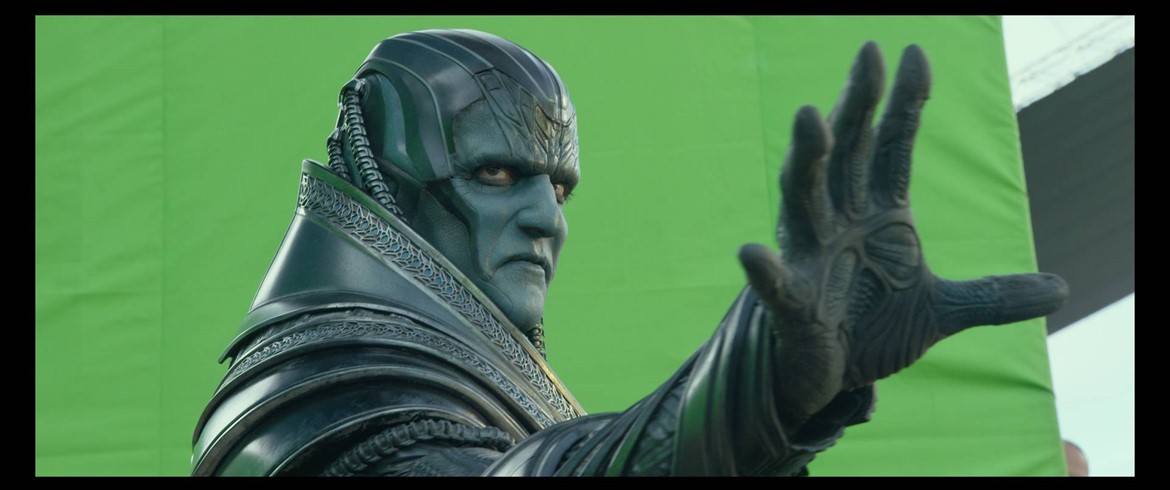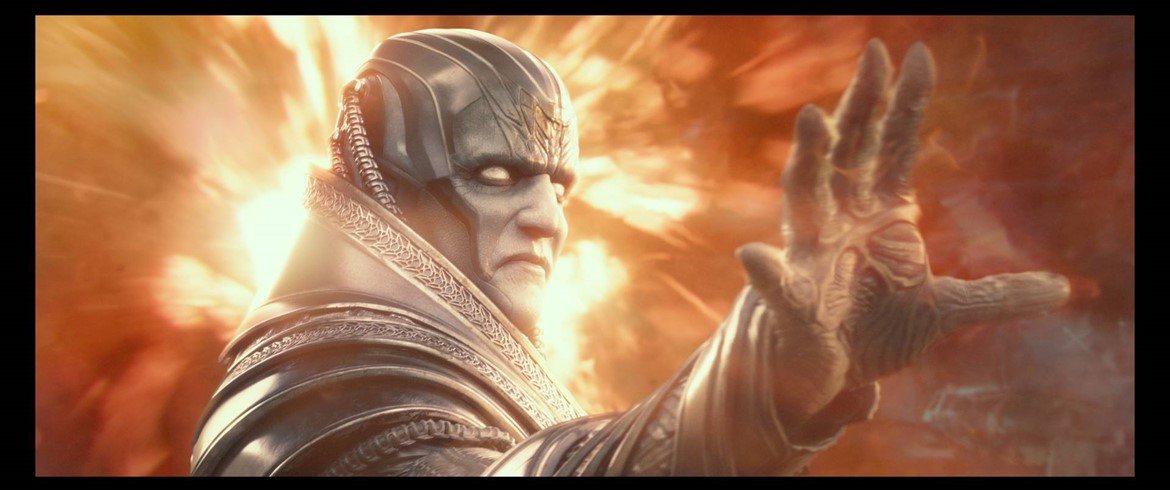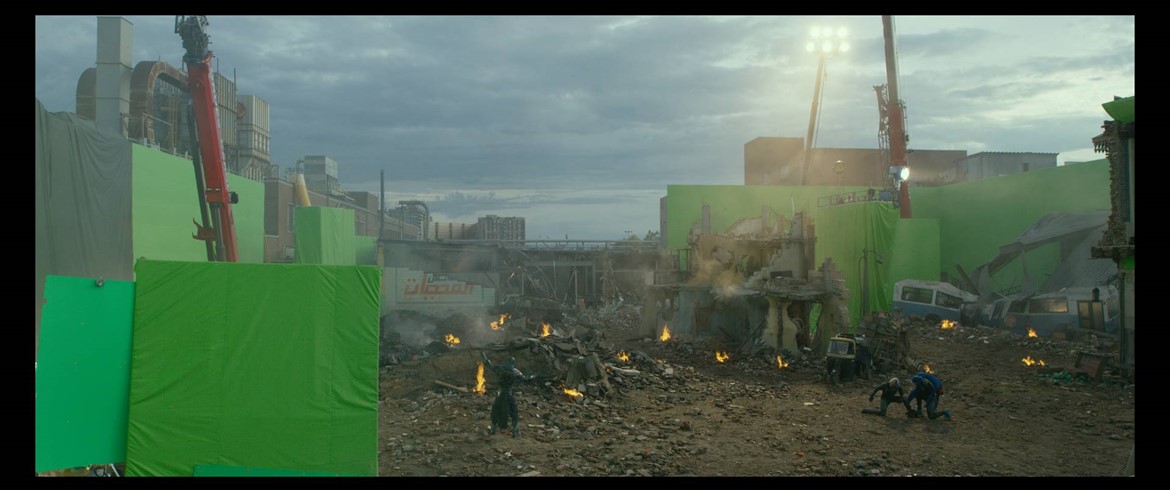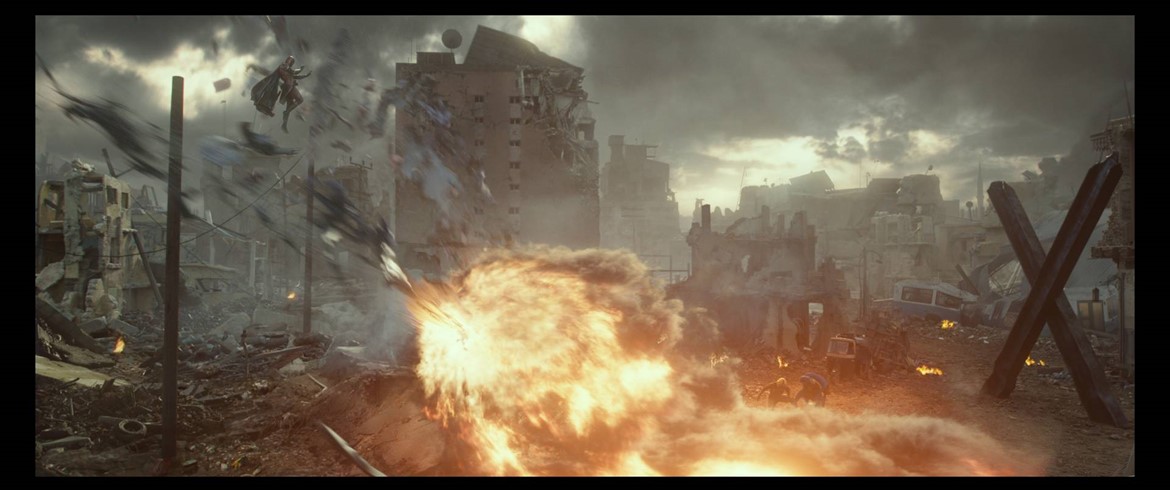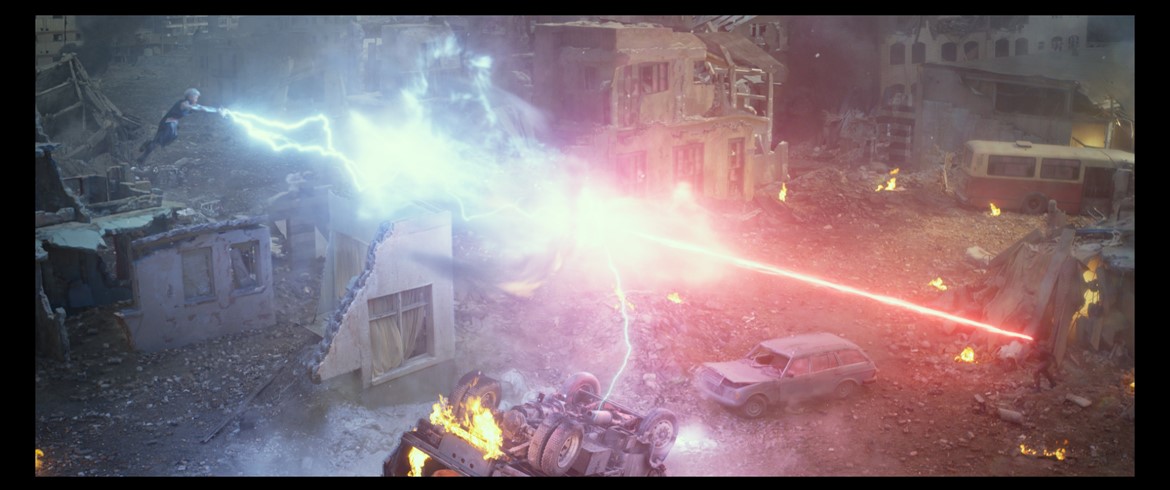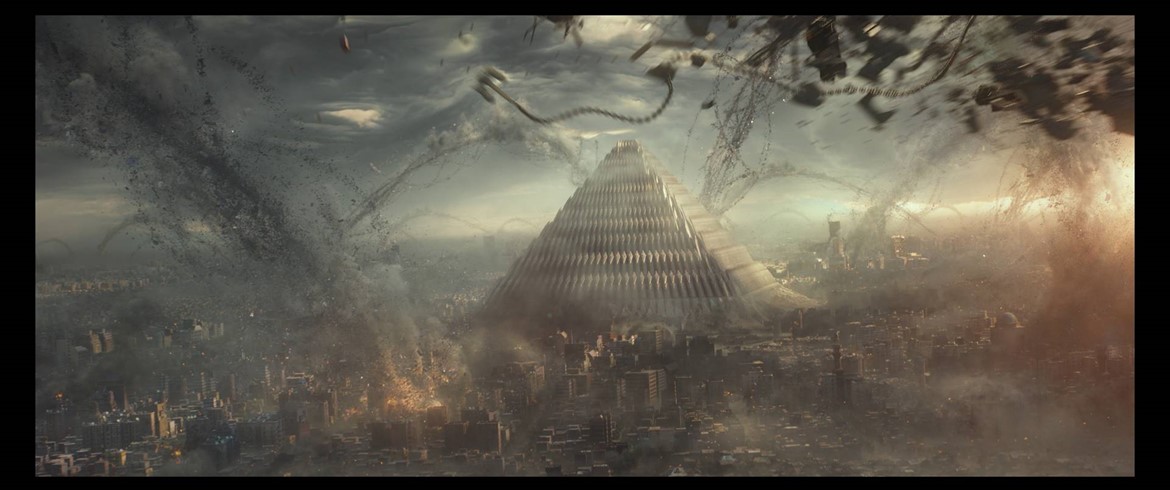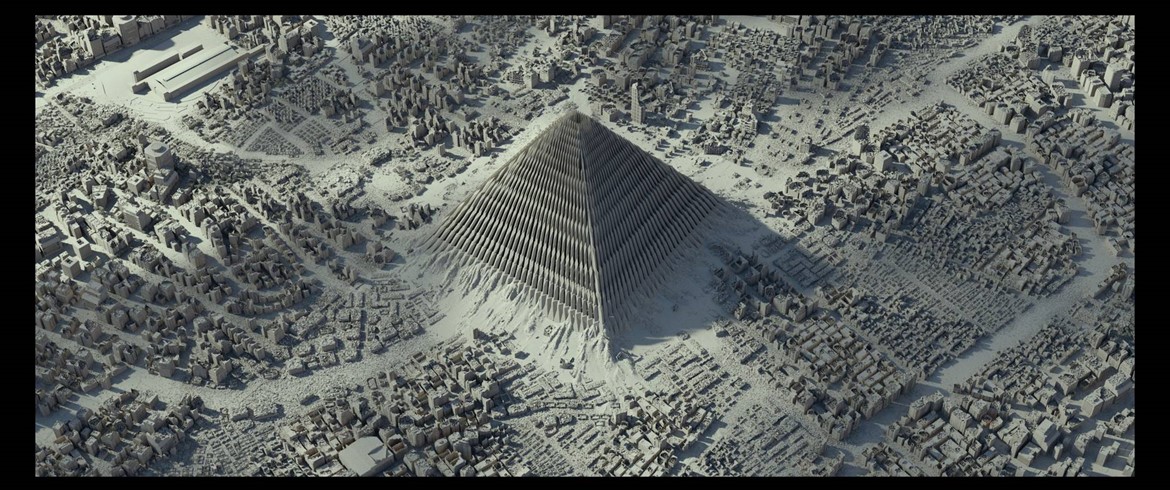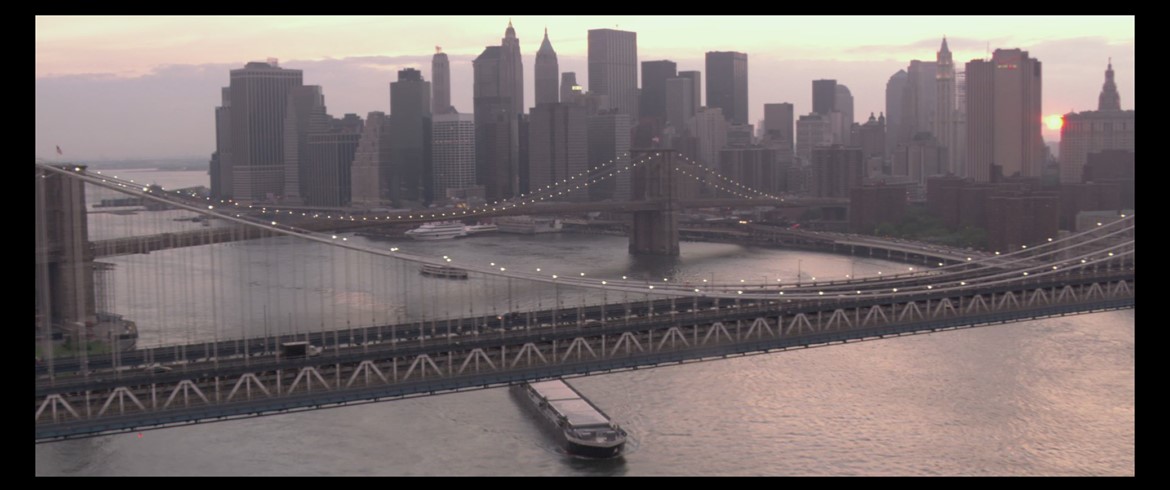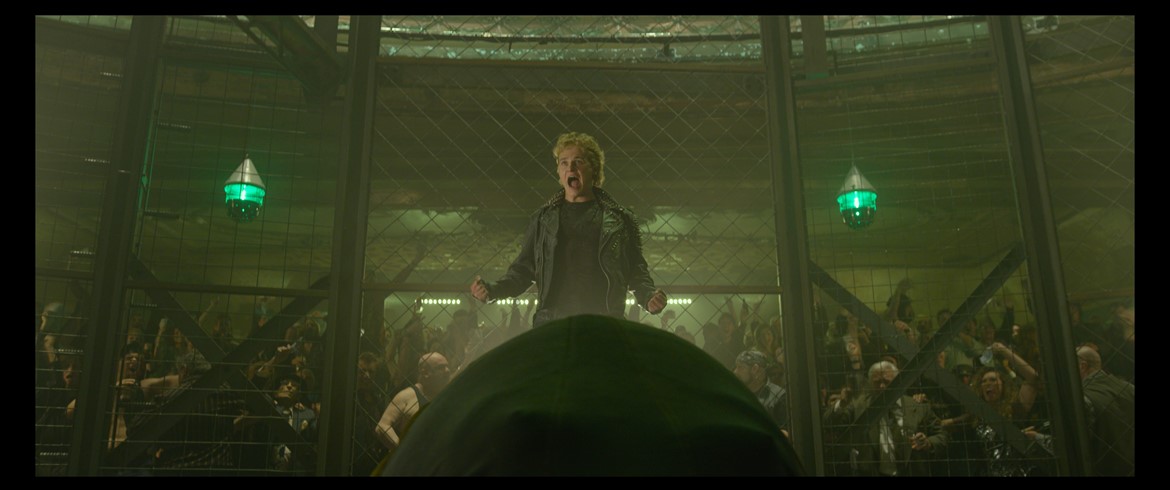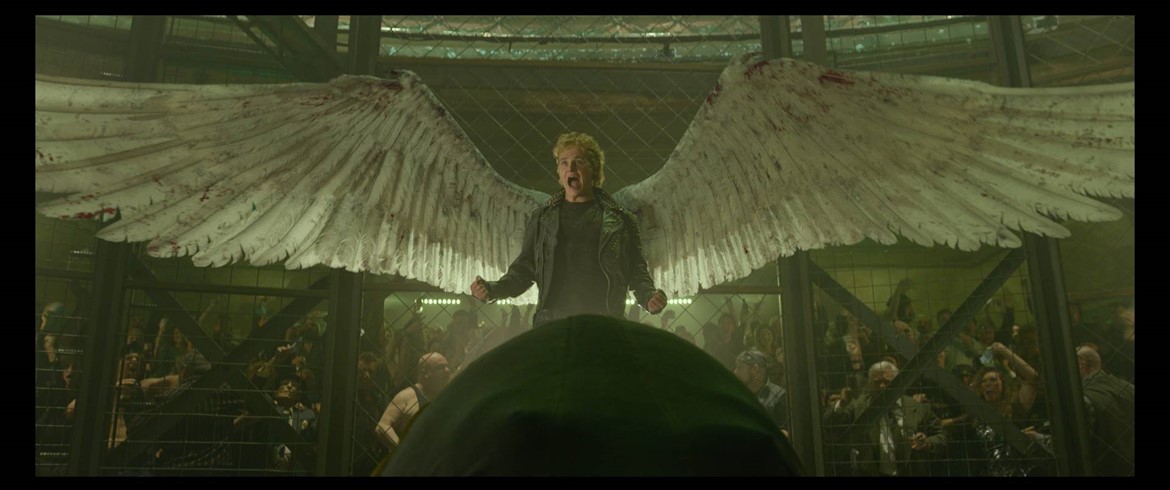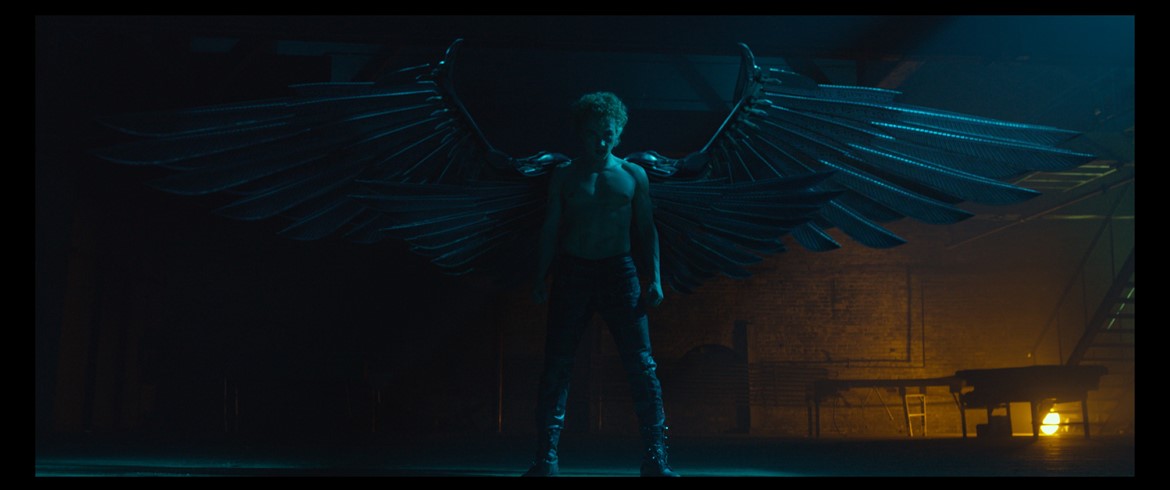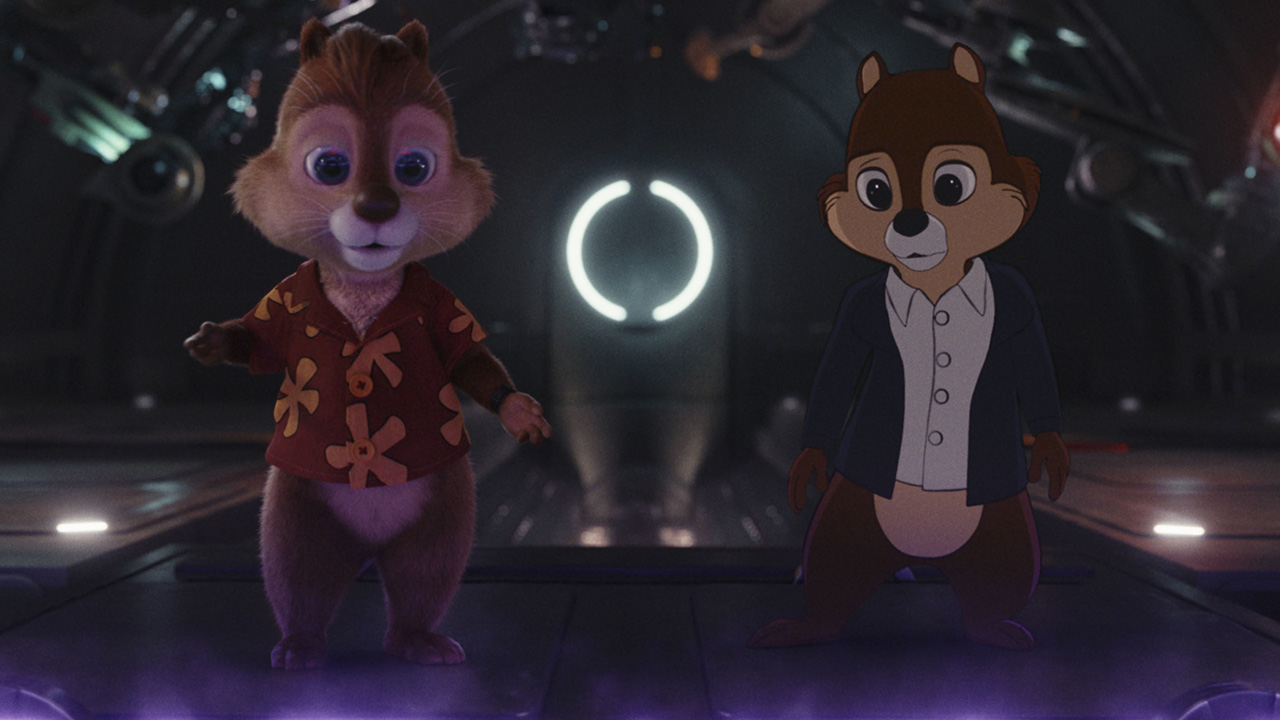Since the dawn of civilization, he was worshipped as a god. Apocalypse, the first and most powerful mutant from Marvel’s X-Men universe, amassed the powers of many other mutants, becoming immortal and invincible. Upon awakening after thousands of years, he is disillusioned with the world as he finds it and recruits a team of powerful mutants, including a disheartened Magneto to cleanse mankind and create a new world order, over which he will reign. As the fate of the Earth hangs in the balance, Raven with the help of Professor X must lead a team of young X-Men to stop their greatest nemesis and save mankind from complete destruction.
MPC completed around 992 shots for X-Men: Apocalypse. Working closely with Production VFX Supervisor, John Dykstra, teams in Montreal, Bangalore and London created the epic Final Battle Sequence, the Cerebro Room and multiple Mutant Powers including; Archangels Wing’s, Nightcrawlers ‘Bamf’, Magnetos and Cyclops city destruction powers, Mystiques body blades, Jean’s Phoenix, Storms weather control, Psylocke’s psionic sword and whip.
The biggest and most challenging sequence was the final battle in which the X-men fight against Apocalypse and his 4 horsemen. MPC was tasked with creating (and destroying) a full 3D digital replica of Cairo, Egypt. Based on reference photography of the area, modellers built a library of around 60 buildings using Maya and ZBrush and textured them using MARI and Photoshop. Layout then used in-house tools to build up a detailed 3D map of the center of the city consisting of around 150,000 individual assets, whilst the outskirts of the city were created as digital matte paintings. MPC’s FX artists then created a library of the devastated elements of the city.
A mixture of Maya, Houdini, MPC’s award winning destruction tool Kali and compositing in Nuke were used to reduce Cairo to rubble. In the sequence, Magneto shifts the earth’s magnetic fields using his intensified mutant powers, destroying iconic locations including New York City, Sydney and Cairo. MPC worked up this final global destruction sequence using stock footage to recreate the various locations, artists used curves to demonstrate the magnetic force radiating from Magneto and FX artists used Kali to destroy the locations.
One of the most iconic mutant scenes undertaken by MPC, was the transformation of Angel into Archangel. Injured from the cage fight, Apocalypse uses his powers to re-construct Angel’s wings into metal. For this sequence, the modelling team created a digital replica of Angels upper body and animated formers to represent ribs sliding under the skin. After this painful body structure change, MPC used some of Angel’s larger feathers, manipulated them to line up with the Archangel wings, and then coated them in metal, using a metal shader to perfect the fine details.
During the sequence, Nightcrawler knots his tail around Angel’s neck. MPC replaced the prosthetic tail worn on set with a CG appendage and added subtle wrinkles and skin sliding over the muscles. MPC also updated Nighcrawlers ‘bamf’ effect using Houdini.
Towards the end of the battle scene Jean transforms into The Phoenix to fight Apocalype. MPC used keyframe animation and added in cloth simulations to make the movements appear more natural, whilst fluid and particle simulations were used to emit the pulse of energy. MPC then took the digi-double created for Apocalypse and modelled his internal structure, so that when The Phoenix tears his body apart layer by layer, volumetric simulations could be used to disintegrate each layer.
Finally MPC brought the Cerebro Room to life. Various looks for multiple sequences were needed for these sequences, most of which were completed in compositing by exploring the limits of 3D in Nuke.
